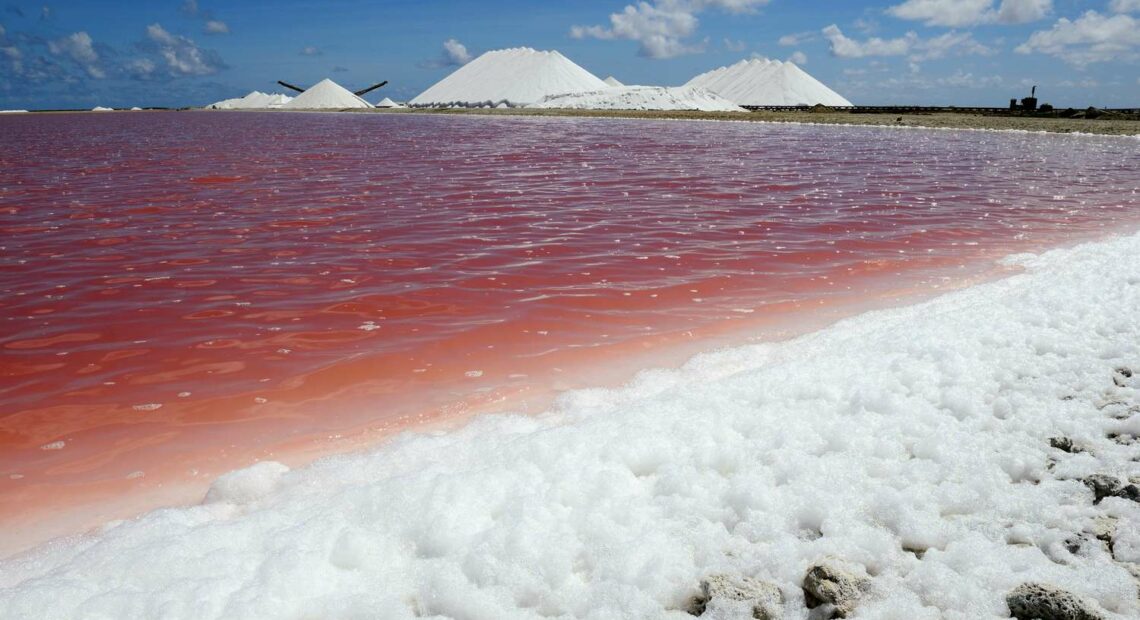The Salinity of Seawater: Exploring its Origins

The vast oceans covering our planet are not just bodies of water but repositories of numerous fascinating natural phenomena. One of these intriguing characteristics is the salinity of seawater. This blog post aims to delve into the reasons behind the saltiness of the ocean, shedding light on the various factors that contribute to this phenomenon.
- Dissolved Minerals: Seawater contains a multitude of dissolved minerals, and it is these minerals that give it its salty taste. The primary dissolved mineral is sodium chloride, commonly known as table salt, which constitutes approximately 85% of the total salt content in seawater. Other significant minerals include magnesium, calcium, potassium, and various trace elements. These minerals originate from different sources and processes.
- Weathering of Rocks: Over millions of years, rocks on the Earth’s surface undergo weathering due to the actions of wind, rain, and other natural forces. This process leads to the release of minerals, including salts, from the rocks into rivers and streams. Eventually, these dissolved salts make their way into the oceans through the water cycle.
- Volcanic Activity: Volcanic eruptions contribute to the salinity of seawater by releasing volcanic gases, including carbon dioxide, sulfur dioxide, and hydrogen sulfide. These gases can react with water to form various acidic compounds that dissolve rocks and release minerals into the surrounding water bodies. Ultimately, these minerals find their way into the oceans.
- River Discharge: Rivers play a crucial role in transporting minerals to the oceans. As rivers flow across the land, they erode rocks and carry the dissolved minerals downstream. The minerals are then discharged into the ocean, increasing its salinity. Rivers also contribute to the ocean’s salt content by carrying sediments that contain mineral particles.
- Evaporation: The water in the oceans is constantly evaporating due to the Sun’s heat. As water molecules evaporate, they leave behind the dissolved salts and minerals, resulting in a higher concentration of salt in the remaining water. This process, known as evaporation, is particularly significant in regions with high temperatures and low rainfall, such as near the equator or in arid environments.
The salinity of seawater is a result of various natural processes that have been occurring for millions of years. The dissolved minerals from weathering rocks, volcanic activity, river discharge, and evaporation all contribute to the salt content in the oceans. The unique balance of these factors creates the saline environment that is vital for marine life and the overall functioning of our planet’s ecosystem. Understanding the origins of seawater’s saltiness provides us with insights into the complex interactions between land, sea, and atmosphere, fostering a deeper appreciation for the wonders of our natural world.
Picture Courtesy: Google/images are subject to copyright







